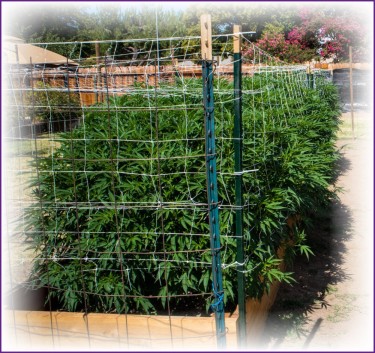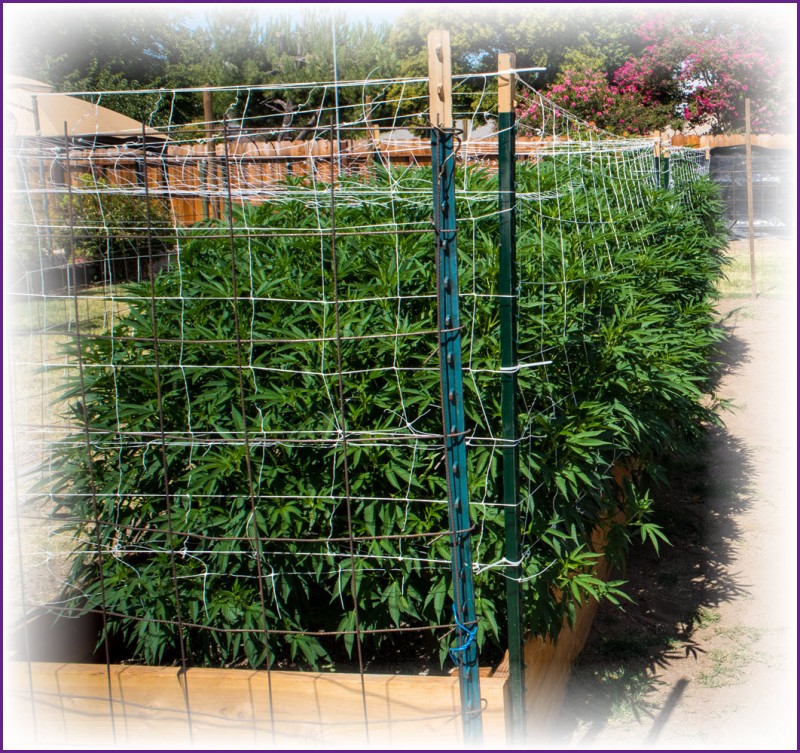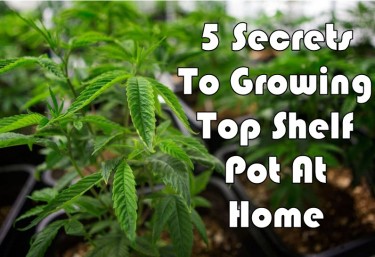Top 9 Tips for Cultivating Marijuana at Home (Sponsored)

When the global pandemic hit, most people shifted to quaint pastimes so as to soothe their existential dread, whether it was knitting, taking part in jigsaw puzzles, or baking sourdough.
If you’re also looking to expand your repertoire of distraction methods with great activities that have that homey and quiet vibe with a little bit of an edge, consider cultivating cannabis at home.
Growing marijuana is one of the rewarding experiences. You may manage and start being part of the growing industry while giving yourself quality marijuana. To help you cultivate cannabis at home, here are tips from the pros:
1.Plan the Grow Properly
Before even trying to germinate seeds, experts at United Strains of America suggests that you need to have strategies mapped out reasonably. Know beforehand how long it may take to germinate seeds. Remember also to evaluate the right time to grow marijuana and gather enough materials and resources you require before planting.
Several factors may determine if you will produce a large number of potent buds, a limited amount of small buds, or something in between, for that matter.
Knowing which factors are involved and what they basically entail before cultivating is important for success. It would be wise to plan beforehand instead of being confused in the middle of the flowering or vegetative stage, trying to mitigate disasters and incorporate strategies.
2.Know the Required Nutrients
Similar to human beings, plants also need nutrients in order to grow healthy. When it comes to cannabis, three major macronutrients you will need include potassium, phosphorus, and nitrogen.
Potassium normally controls the closing and opening of stomata while regulating the uptake of CO2. This makes the nutrient important for evapotranspiration and allows cannabis plants to breathe.
As for phosphorus, cannabis plants will use the nutrient for respiration, energy transfer, storage, and photosynthesis. Phosphorus is also important for the development of amino acids.
On the other hand, nitrogen serves as the main element of chlorophyll, which cannabis requires to convert light from the sun into food. Plus, bacteria fix nitrogen, enabling cannabis to build proteins and amino acids.
3.Take Care of the Grow Space
Some cultivators prefer growing cannabis on rooftops or balconies using their containers, while others make a heavy-gauge wire cage to keep animals and thieves at bay.
Whatever decision you make, think of how big you need your cannabis plants to be. Normally, outdoor marijuana plants might grow up to around 10 feet or even beyond that, based on how much you allow them to go.
In addition, ensure your growing space is clean and sanitized. There is an intrinsic risk that contaminants and pests pose.
For instance, messy growing space may invite mold, pathogens, and harmful bacteria. The best course of action is to have a bi-weekly cleaning schedule and stick to it.
4.Provide the Required Lighting
Cannabis plants require different lighting amounts during their flowering and vegetative phases. However, this shouldn’t worry you if you are growing cannabis outdoor. The season and sun will determine this.
When it comes to growing marijuana indoors, lighting amount should be your priority. Your plants will require around 18 hours of lighting in the vegetative phase and approximately 12 hours when in the flowering stage.
Since the lighting amount cannabis plants receive is vital, you will have to make the indoor grow space light-tight. The best lighting types you can provide to your plants include:
-
Fluorescent grow light
-
High-intensity discharge (HID)
-
LED grow light
5.Consider Quality Water
All water is not created the same due to the types and quantity of dissolved solids in it. These solids may greatly impact the cannabis plant, based on what they’re. For instance, domestic water will be a bad idea due to the fluoride and chlorine that providers use to treat it.
Although these chemicals may not kill your marijuana plants, you will not have the right results. For good results, you need to consider investing in reverse osmosis or filtration system. If you do, remember to frequently change the filters for quality water.
6.Choose Seeds
The type and condition of cannabis seeds may determine how the plants will grow. The cultivators should plant marijuana seeds, which haven’t been germinated or matured.
The cultivators should choose marijuana seeds, which are ready to cultivate and inspect for imperfections.
Unlike clones, feminized seeds are more vigorous and heartier. This is because they produce sturdier taproots, which clones cannot replicate.
7. Handle Humidity and Temperature
Although the environment inside your home might be comfortable enough, there are things you needs to keep in your mind.
Marijuana plants can tolerate temperature ranges of between 21 and 29 degrees Celsius in the daytime and 13 and 24 degrees Celsius at night time.
However, similar to many aspects of the grow space, temperatures and humidity may differ depending on genetics and strains.
8. Think of Ventilation
It is vital to ventilate your grow space properly. Sufficient airflow may prevent mold from growing on the cannabis. In addition, sufficient airflow will prevent nutrient burn because when your growing space becomes too hot, your plants will drink a lot of water to fight the heat.
As your plants take in more water, they will absorb nutrients, too, increasing the risks of nutrient burn. Gnats, spider mites, and fungus may thrive in a place with insufficient airflow, but your marijuana plants won’t.
9. Cure and Harvest
After around 60 days, cultivators start paying more attention to the trichomes of their cannabis plants. These trichomes can turn from clear to amber.
You will know it’s time to harvest your cannabis when around 15% of trichomes turn to this color. To harvest your plants, you can start removing the leaves with pair of trim scissors, then complete the process with the buds before curing.
Similar to the growing process, curing is also vital. The importance of curing buds is that you will be able to increase their potency and create a smoother smoke.
The Takeaway!
It’s not difficult to cultivate cannabis. However, if you’re looking to harvest healthy cannabis plants, extra care can pay you back your investment many times over.Whether you want to cultivate marijuana for sale or personal stash, these growing tips will ensure you succeed with your endeavor.
This post was part of a promotational piece that Cannabis.net received compensation for as publisher.
HOME GROW TIPS, READ MORE...
5 TIPS FOR GROWING TOP SHELF WEED AT HOME, READ THIS!








